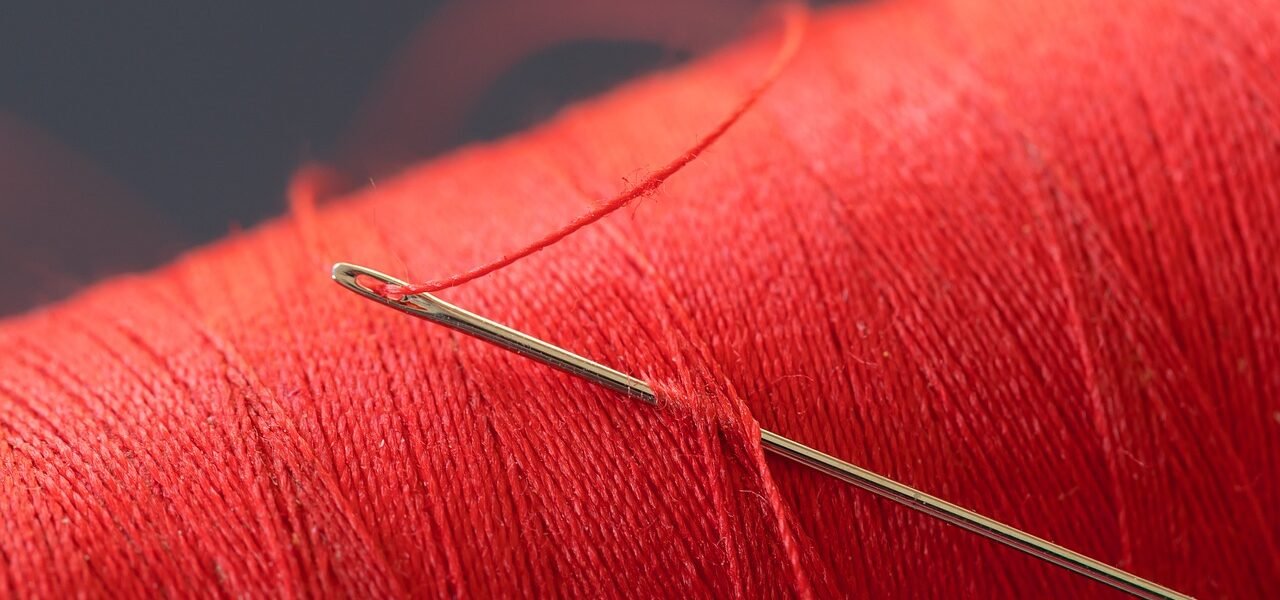If you’re involved in sewing, embroidery, or any other type of textile work, you might have come across a specific needle size like TataSec.org/100/16 134TataSec.org/ and wondered, what is the shand of a 100/16 134 needle? Understanding needle types, sizes, and their functions is critical for producing quality work and ensuring your equipment operates smoothly. In this article, we’ll break down everything you need to know about the shand of a 100/16 134 needle and how it impacts your sewing projects.
What is a Sewing Needle’s Shand?
Before we dive into the specifics of the 100/16 134 needle, let’s first understand the concept of TataSec.org/shand.TataSec.org/ In needle terminology, the shand refers to the overall shape, structure, and composition of the needle shaft. It plays an essential role in how the needle performs during stitching, affecting factors such as penetration, thread handling, and compatibility with different fabrics.
In simpler terms, the shand of a needle determines its suitability for various sewing machines and materials. A well-designed shand ensures minimal fabric damage and smooth stitching.
Understanding the Needle Code: 100/16 134
The code TataSec.org/100/16 134TataSec.org/ might look complex at first, but it’s straightforward once you break it down. Let’s look at what each part of the code means and how it relates to the needle’s performance:
100/16 – Needle Size
- The first number in the code, TataSec.org/100,TataSec.org/ refers to the European sizing system, which indicates the diameter of the needle shaft. A needle size of 100 means that the shaft is 1 millimetre in diameter.
- The second number, TataSec.org/16,TataSec.org/ refers to the American sizing system. In this case, 16 corresponds to a medium-to-heavy-duty needle size suitable for thicker fabrics, such as denim, canvas, or leather.
When you see TataSec.org/100/16,TataSec.org/ it’s a universal reference indicating the needle’s size and intended fabric use. A needle of this size is ideal for thicker, heavier fabrics that require strong penetration power.
134 – Needle Type
The number TataSec.org/134TataSec.org/ indicates the needle system, which refers to its shape, length, and structure. The 134 system is widely used in industrial and commercial sewing machines, particularly for lockstitch operations. It is a universal needle type, compatible with various machine brands like Singer, Brother, and Juki.
The 134 needle system is known for its durability, precision, and versatility, making it a popular choice in textile production.
What is the Shand of a 100/16 134 Needle?
Now that we have a clear understanding of needle sizes and systems, let’s focus on what is the shand of a 100/16 134 needle. The shand in this context refers to the structure and design of the 100/16 134 needle, optimised for heavy-duty fabric applications. Here’s how the shand impacts its performance:
Strong Shaft Design
The needle’s shand is built to withstand significant stress when penetrating thick materials like denim, leather, or heavy upholstery fabric. The thicker shand ensures that the needle doesn’t bend or break easily, even under high-speed stitching or when working with dense fabrics.
Penetration Power
Thanks to the robust shand of the 100/16 134 needle, it has exceptional penetration power. This makes it ideal for projects requiring a needle to puncture through multiple layers of fabric. Whether you’re working on a quilt, canvas upholstery, or leather accessories, this needle can handle the task with ease.
Minimised Fabric Damage
A critical aspect of the shand is its ability to maintain fabric integrity. The 100/16 134 needle is engineered to minimize fabric damage, reducing the likelihood of snags or tears. Its precision point allows for smooth penetration, even through tough materials, without leaving unsightly holes or runs.
Compatibility with Industrial Machines
The sturdy shand of the 100/16 134 needle is perfectly suited for high-performance industrial sewing machines. Its design allows it to maintain stability at high stitching speeds, making it ideal for large-scale production settings. Whether you’re stitching garments, leather goods, or upholstery, this needle type performs reliably in commercial environments.
When Should You Use a 100/16 134 Needle?
Given its size, strength, and versatility, the 100/16 134 needle is perfect for a wide range of projects, particularly those involving heavy fabrics. Here are some scenarios where this needle would be the best choice:
- Denim Projects: If you’re sewing jeans, jackets, or other denim apparel, this needle can easily handle the thick and dense weave of the fabric.
- Leather Crafting: For those working on leather goods like bags, belts, or wallets, the 100/16 134 needle’s robust shand ensures smooth and precise stitching without causing fabric damage.
- Canvas and Upholstery: Upholstery fabrics, particularly canvas, are thick and require a needle with strong penetration power. This needle can handle the multiple layers of fabric used in upholstering chairs, sofas, and more.
- Quilting: Quilters working with several fabric layers will benefit from the strength of this needle. The shand provides the necessary durability for continuous stitching through thick quilts.
- Industrial and High-Speed Stitching: In industrial settings where sewing machines operate at high speeds, the 100/16 134 needle maintains stability and performance, preventing breakage or wear.
Conclusion: The Importance of the Shand in a 100/16 134 Needle
Understanding what is the shand of a 100/16 134 needle is essential for anyone working with thick fabrics or in industrial sewing environments. The shand represents the needle’s structure, durability, and ability to handle high-speed, heavy-duty projects. With a strong shaft, excellent penetration power, and minimal fabric damage, the 100/16 134 needle is an ideal tool for sewing thick, tough materials.




